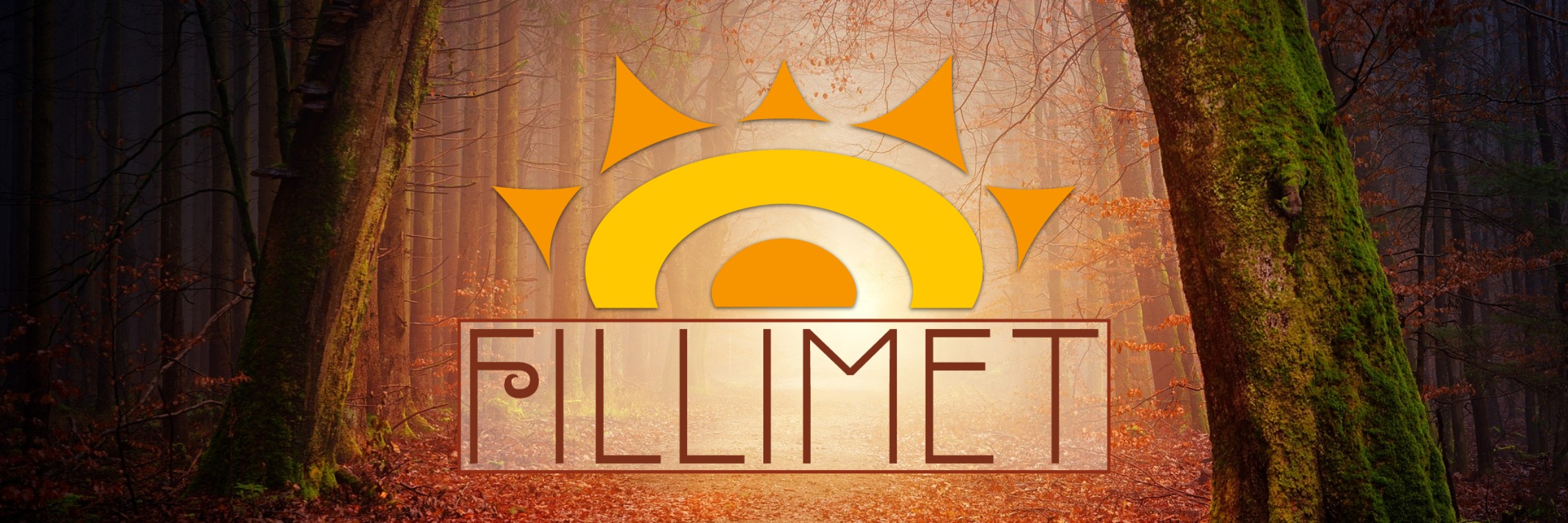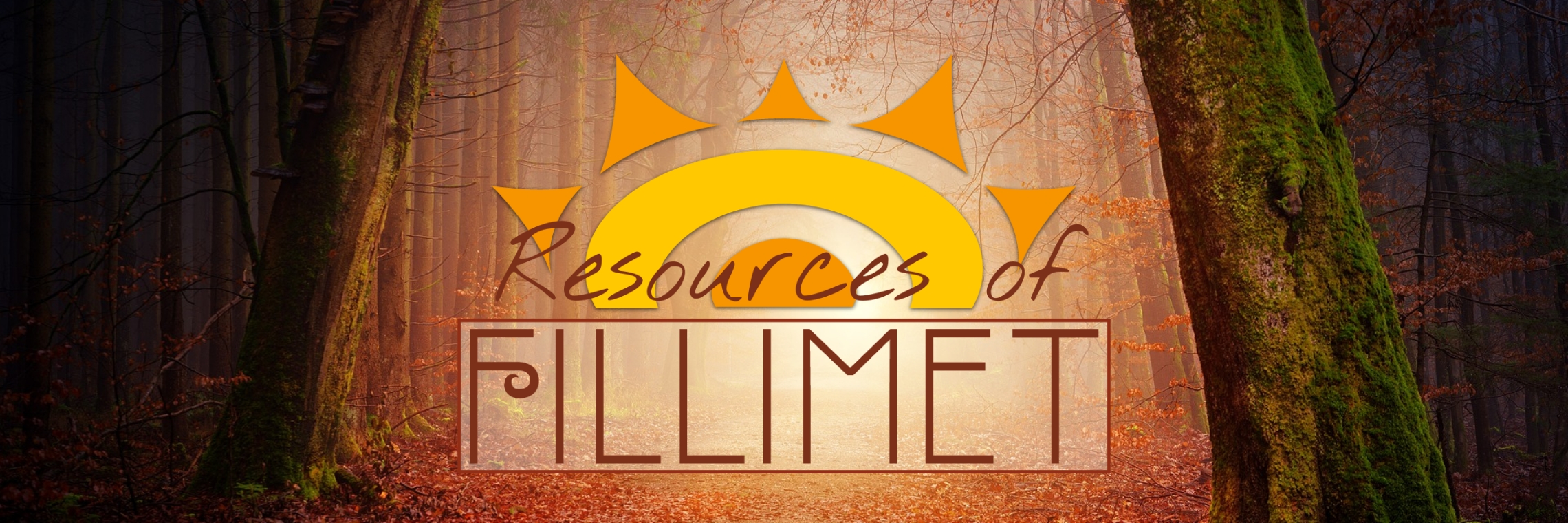living stone
Living stone are self-repairing bricks, courtesy of the desert algae used in their construction. They remain the most unique Elyrian building material in Fillimet, and one of the most notable in the territories of the Empire.
History & Usage
Everyday use
Living stone is a unique adaptation of the Elyrian Empire. The material is used in most permanent structures across the empire although its use is most notable in the city of Elyria.
Manufacturing & Products
Living stone requires sand, water, and a biomicrokinetically-altered strain of desert algae cyanobacteria. The sand provides the basic beginning structure of the bricks which the bacteria strengthens and glues together through biomineralization, where the algae excrete hardening mineral wastes. The cyanobacteria developed for living stone relies upon calcium carbonates to provide their shape.
The water is a requirement to keep the desert algae from becoming too dry and brittle to properly self-repair. The cyanobacteria itself can survive in the dryest of conditions but its repair capabilities and erosion protection require moisture.
Environmental Impact
Living stone helps to convert carbon dioxide back into oxygen, a valuable trait in a desert with limited plant life. The use of desert algae in the manufacture of bricks also allows the Elyrians to use their local wind-eroded desert sand, rather than importing rougher beach sands.
Reusability & Recycling
When living stone is cracked or otherwise damaged the desert algae within the bricks can perform any needed repairs automatically, provided enough sand and a basic mold to hold its shape until the cyanobacteria has propegated throughout the new sand. In addition, old bricks of living stone can be reused and even ground up and reformed in a new mold, provided the bacteria within receives appropriate care.
Type
Biomaterial
Related Locations
Related Species
Related Technologies





This is such a cool idea. I really like the little bits of science you've included throughout. :)
Explore Etrea | March of 31 Tales
Thank you! I rather enjoy treating magic as just another science, and mixing it in with real-life technologies. I am glad you enjoy reading them!
Necromancy is a Wholesome Science.
That's one of the things I love most about Filliment, if I'm honest. :D Magic as a science rather than magic versus science.
Explore Etrea | March of 31 Tales